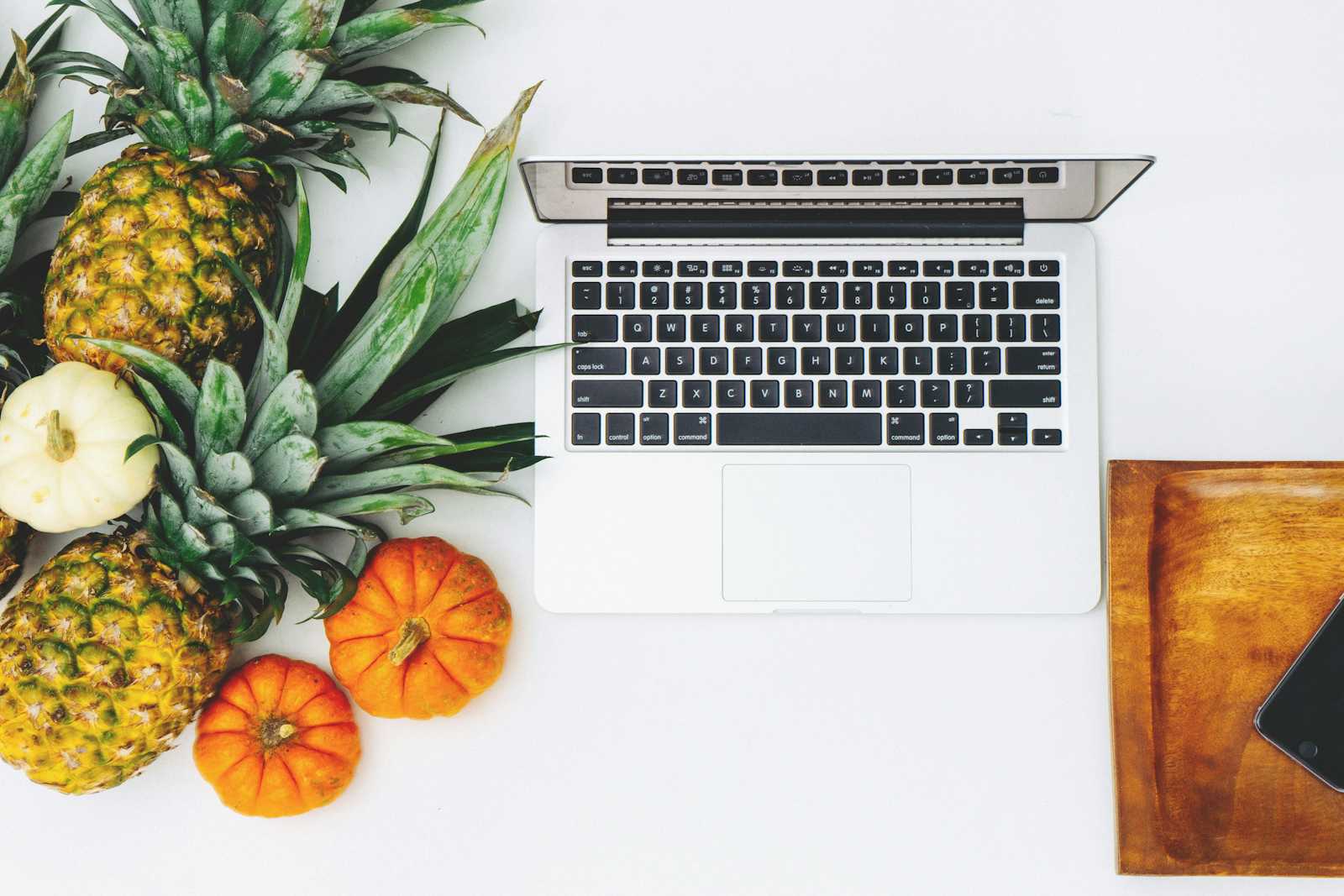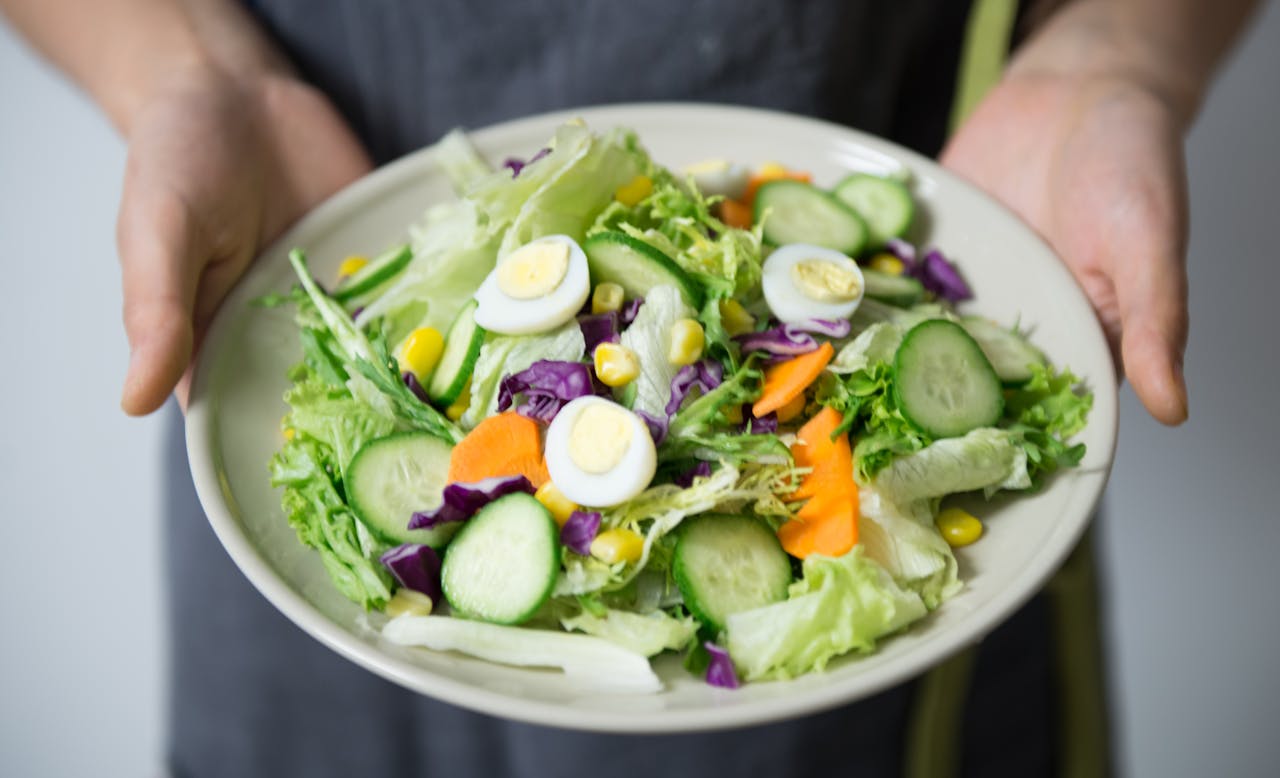How to Start a Successful Food Blog: A Beginner's Guide
 Brian
Brian
In the digital age, food blogging has become an increasingly popular way for culinary enthusiasts to share their passion.
Whether you're a home cook, a professional chef, or simply someone who loves eating, starting a food blog can be exciting and rewarding.
This article will guide you through the essential steps to launch your own food blog and set yourself up for success in the competitive world of online food content.
Choose Your Niche

Before diving into the technical aspects of setting up a blog, it's crucial to define your niche. Consider what type of cuisine you want to focus on, whether you'll specialize in recipes, restaurant reviews, or both, and who your target audience will be.
Are you aiming to reach beginners, experienced cooks, or perhaps a specific dietary group? Having a clear focus will help you stand out in the crowded food blogging space and attract a dedicated audience.
Select a Memorable Blog Name
Your blog name is your brand, so choose wisely. It should be catchy, easy to remember, and relevant to your niche. Most importantly, it needs to be available as a domain name.
Take your time to brainstorm ideas and check domain availability using online tools before making your final decision. A strong, memorable name can go a long way in helping your blog gain recognition.
Set Up Your Blog

With your niche and name decided, it's time to get technical. Choose a hosting platform such as WordPress, Squarespace, or Wix, and select a theme that suits your style.
Customize it to reflect your personality and brand. Install essential plugins for SEO, security, and performance, and set up your main pages, including an About page, a Contact page, and a Recipe Index. Ensure your blog is mobile-responsive, as many readers will access it from smartphones and tablets.
Create Compelling Content
Content is king in the blogging world. To create engaging posts, focus on developing unique, high-quality recipes or honest restaurant reviews. Write clear, easy-to-follow instructions and incorporate personal stories to connect with your audience.
Use high-quality food photography to showcase your dishes and maintain a consistent posting schedule. Remember, quality always trumps quantity when it comes to blog posts.
Master Food Photography

In food blogging, visual appeal is crucial. Invest in a good camera or smartphone with a quality camera, along with basic photography equipment like a tripod and lighting. Learn to use photo editing software to enhance your images.
Practice styling your dishes and experiment with different angles and lighting to make your food look irresistible. Great photography can be the difference between a casual reader and a dedicated follower.
Optimize for Search Engines
To help readers find your blog, you'll need to optimize it for search engines. Research and use relevant keywords in your posts, write descriptive, SEO-friendly titles and meta descriptions, and use alt tags for images.
Create internal links between your posts and build a sitemap for search engines to crawl your site effectively. These practices will help improve your blog's visibility in search results.
For a good example, you can check a great Georgian food blog Fiber - https://fiber.ge/
Engage with Your Audience
Building a community around your blog is essential for long-term success. Respond to comments on your blog and social media, and encourage discussion by asking questions in your posts. Collaborate with other food bloggers and participate in food blogging communities and forums.
Engaging with your audience helps build loyalty and can lead to valuable networking opportunities. Remember, your readers are the lifeblood of your blog, so nurture these relationships.
Monetize Your Blog
Once you've established a following, consider monetization options. Display advertising, sponsored posts, and affiliate marketing are common ways to generate income. You might also consider creating and selling your products, such as cookbooks or online courses, or offering services like food photography or recipe development.
Start small and gradually explore different income streams as your blog grows. Be patient and focus on building your audience first; the monetization opportunities will follow.
Conclusion
Starting a food blog requires passion, dedication, and hard work, but it can be an incredibly rewarding experience. Remember that success doesn't happen overnight – be patient, stay consistent, and keep honing your skills. With time and effort, your food blog can become a thriving platform for sharing your love of food with the world, potentially even leading to new career opportunities or a fulfilling side hustle.
Subscribe to my newsletter
Read articles from Brian directly inside your inbox. Subscribe to the newsletter, and don't miss out.
Written by

Brian
Brian
I'm Brian - a blogger, WordPress enthusiast, and guitar player. I love writing about different topics and like to help others with my writing.